Road construction zones can be dangerous for workers and drivers, so staying safe when driving through a work zone is critical. Every driver can benefit from these valuable tips for work zone safety.

Here are some basic tips that drivers should keep in mind when driving through a construction work zone.
Expect the Unexpected
You might not know a work zone is coming up while you are driving, or an accident could already have happened and be causing a significant delay. Normal speed limits will be reduced, or other drivers on the road could pull some very unexpected moves.
Make sure you give yourself enough time to get to your destination, with enough allowance that you won’t be late even when there are hold-ups. You’ll be calmer and in less of a rush, so you’re a lot less likely to make mistakes yourself. This frame of mind also allows you to practice effective defensive driving.
“Defensive driving” is defined by the American National Standards Institute (ANSI) as driving to save time, money and, most importantly, lives. No matter what the surrounding conditions are and in spite of any other road users’ behavior, you need to anticipate what might happen and leave yourself enough time and space to react accordingly.
You can find training on defensive driving all over the United States and research the basic points yourself. These include maintaining a safe following distance, adjusting driving speed in poor weather conditions, and slowing down when entering a bend to avoid braking before you come out of it and are back on a straight road.
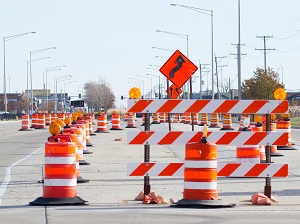
Comply with All Flagger Directions
Remember that in work zones, flaggers hold the same authority as regulatory signs. If you disobey their instructions, not only do you put yourself and others in danger, but you could be cited. Make sure you’re familiar with what the signals mean so that you know what to do.
When you see the sign that lets you know a flagger (also known as a traffic guard or traffic controller) is ahead, be prepared to follow their directions to keep traffic flowing as smoothly and safely as possible within the work zone.
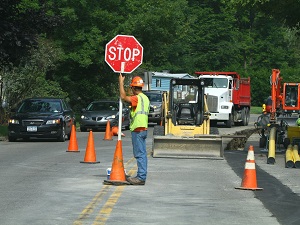
Slow Down and Stay Alert
As part of basic defensive driving, stay alert at all times, avoid distractions, and check your mirrors frequently. You should also be mindful not only of the road’s usual speed limit but of adjustments that you’ll need to make given the construction work being done.
For instance, trucks traveling at 60 miles per hour move 88 feet every second. That means that if you’re driving a truck at that speed and you see a sign saying that road works are ahead within 1500 feet, you’ll be in the work zone in no longer than 17 seconds. Make sure the situation can accommodate that arrival time, and if you’re unsure, lower your speed.
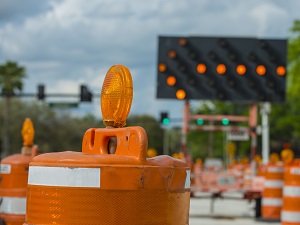
Take Ten When Changing Lanes
The “Take Ten” rule is very helpful when you need to merge into traffic or change lanes as soon as possible. After you’ve seen the “lane closed ahead” sign or the flashing arrow panels that show you are required to move, don’t go as close as possible before you try to barge your way into the lane.
Instead, put on your turn signal at least three seconds before you begin your lane change and use at least seven seconds to complete the move, while constantly checking your mirrors – adding up to at least ten seconds for the entire maneuver. This makes changing and merging lanes a lot safer and prevents traffic jams which delay the flow.
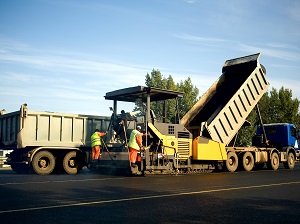
Be Aware of Blind Spots
Everyone needs to be mindful of their own blind spots whenever they’re driving, but in road construction zones this is more imperative than ever. Not only do other motorists need to watch their blind spots in these situations, but they also need to do everything they can to stay out of the blind spots of any nearby truckers.
Truck drivers, for their part, need to check that their blind spots are clear as often as they can. Backup alarms, mirrors, and other visual aids are all very helpful in this regard.
Always be sure to check that your backup alarms and lights are working and that your visual aid devices and mirrors are firmly attached in the correct location before you even start the engine.
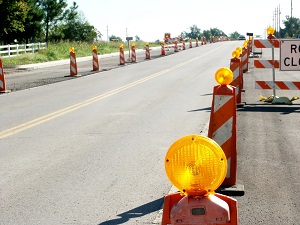
If truckers are driving while fatigued and sleep-deprived, this behavior can reduce their alertness, slow their reaction time, and lead to a much higher chance of an accident.
Everyone Deserves to Get Home
Remember, everybody on the road is trying to get somewhere so they can do their jobs, get home, and generally live their lives. Be as patient as possible and prepare yourself for delays or for the reactions of other drivers with frayed nerves. Staying calm, driving defensively, and taking things slow can make all the difference.

.jpg)

.jpg)